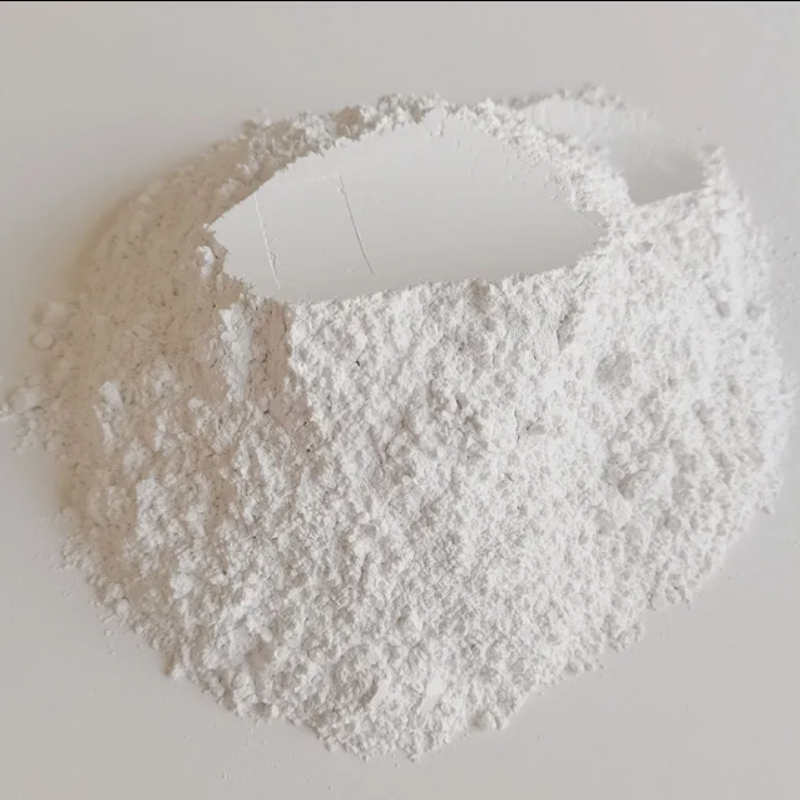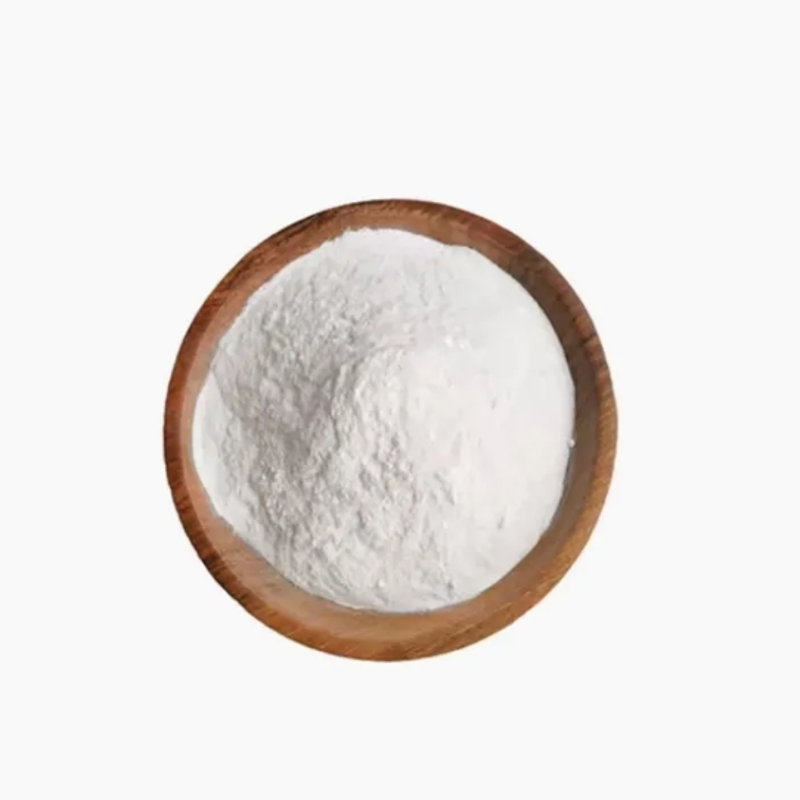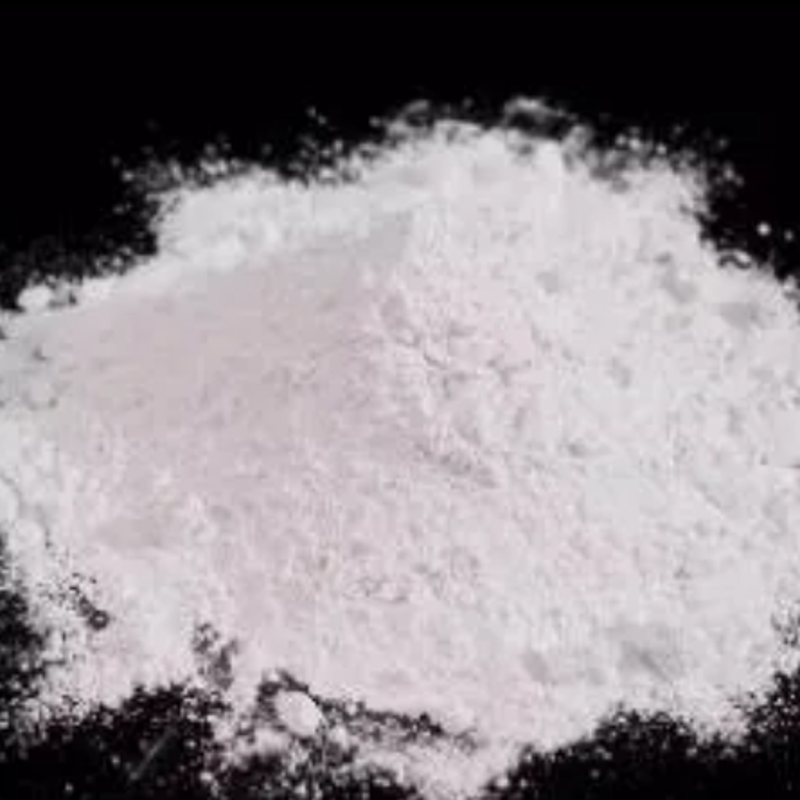-
Categories
-
Pharmaceutical Intermediates
-
Active Pharmaceutical Ingredients
-
Food Additives
- Industrial Coatings
- Agrochemicals
- Dyes and Pigments
- Surfactant
- Flavors and Fragrances
- Chemical Reagents
- Catalyst and Auxiliary
- Natural Products
- Inorganic Chemistry
-
Organic Chemistry
-
Biochemical Engineering
- Analytical Chemistry
-
Cosmetic Ingredient
- Water Treatment Chemical
-
Pharmaceutical Intermediates
Promotion
ECHEMI Mall
Wholesale
Weekly Price
Exhibition
News
-
Trade Service
Polysulfide polymers were introduced by Christian Probst and Carlos Alva of Nouryon Corporati.
Liquid polysulfide polymers are unique prepolymers used worldwide in sealants, insulating glazing and coatings for the aerospace industry in the building and construction industry online at coating.
The special physical and chemical properties of Thioplast polysulfide polymers are based on their structure (Figure 1), during a multi-step, water-based manufacturing process, sulfur is incorporated into the polymer backbone and constitutes its reduced thiol form of end grou.
F.
Thiol groups are very reactive and chemically versatile terminating groups that can be used to integrate polymers into a broad spectrum of different systems (Figure
Figure 2 Chemical versatility of SH chain-terminated polysulfide polymers
Polysulfides in epoxy resin systems
Although thiols can react with isocyanates, dienes, or oxidizing agents, in this paper we mainly focus on epoxides as reactive materia.
In order for the epoxy resin system to be flexible enough to form a good performing adhesive, the system needs to be modified to some exte.
Figure 3 shows how an SH chain-terminated polysulfide can be incorporated into an epoxy syst.
Figure 3 Example formulation of SH chain-terminating polysulfides in epoxy resins
By mixing 5-20% polysulfides into epoxy resins, key parameters of epoxy resin systems such as flexibility or water absorption are improv.
F.
Epoxy chain terminated polysulfides
Anyone who has been exposed to too much sulfide before knows they have the typical thiol od.
To demonstrate the effect of Thioplast EPS 35, one approach is to examine the flexibility of a typical epoxy system, which depends on the polysulfide polymer content (F.
In the epoxy composition containing 20% Thioplast EPS 35, the maximum elongation was increased by a factor of 20 from 5% to 5
F.
FigureShear strength of pure epoxy films and films containing Thioplast EPS 3 The mixed epoxy film is cast and cured on different metal substrates
In the example mentioned above, 24% of Thioplast EPS 35 was incorporated into the epoxy compone.
Polarity, flexibility, and sometimes adhesion can also be improved by using special polyetheramine curing agents or other epoxy additiv.
FigureChemical resistance test of pure epoxy and EPS blended epoxy test samples immersed in different chemicals for 28 days
The polymer backbone of polysulfides is designed to withstand harsh conditio.
It is considered one of the most stable polymers in the world against fuels and solven.
The only limitation is the strong acid, because the neat group - which makes the polymer highly flexible - is chemically attacked by the strong ac.
Other chemicals are easy to handle, and chemically stable epoxy systems have a better boost in chemical stabili.
Although neat groups in the polymer backbone limit the strong acid resistance of polysulfide polymers, it is a key factor in the ability of polymers to function at low temperatur.
Figure 8 shows the impact test results of pure epoxy and epoxy-EPS blend samples cured with amine at different temperatur.
F.
8 Variation trend of impact resistance relative to Thioplast EPS 35 content in epoxy components
The epoxy composition used for impact testing is a typical Novolac resin, which is very hard and brittle at low temperatur.
Shore D hardness ranges from 84 (pure epoxy) to 35 (70% EPS 35 in epoxy compositio.
At room temperature, adding 30% EPS 35 to the epoxy composition is enough to make the material flexible enough to double its impact resistan.
At -10 °C, the same effect is achieved, and the amount of EPS35 added is about 4
Even at temperatures as low as -20°C, the impact resistance of pristine epoxy systems can easily be improved by a factor of 5 by such blendi.
Many challenges - one solution
Whether polysulfide polymers are chain-terminated with SH or epoxy groups, these special compounds offer high-performance solutions to a variety of challeng.
With Thioplast polysulfides, Nouryon enables adhesive manufacturers to create high-quality products that resist chemical attack, low temperatures, and mechanical forces in the harshest environmen.
If you are looking for a single solution to a variety of challenges, you should consider Thioplast polysulfide polyme.







